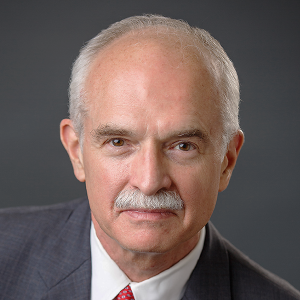Americans spend more than 10 percent of the yearly gross national product on health care—nearly $1,500 for every U.S. resident. Since 1975, total health care spending has more than doubled. The cost rose 11.9 percent in 1982, three times faster than the rate of inflation. While life itself may be priceless, it is possible to assign a cost to its upkeep—and that cost is rising rapidly.
It is possible in theory to spend nearly all of society’s resources on health care. As societies become wealthier and people live longer, it is logical to expect an increase in the total demand for health care. But it does not follow that individual services should radically rise in price.
Increased Elements
Two main factors have contributed to skyrocketing medical prices. The first is regulation of the medical industry, probably the most regulated business in America. For the most part, however, the regulation was written and supported by the medical establishment, which is the main beneficiary of those laws. For instance, laws prohibit the treatment of relatively simple ailments, such as hangnails, by nurse practitioners at much lower rates; similarly, technicians who fit dentures have had great difficulty gaining the right to perform those chores; and midwives, who charge less than obstetricians, are often prohibited from delivering babies.
The number of American medical schools, and therefore the number of doctors, is legally controlled through licensing laws supervised in each state by the American Medical Association. Those who favor limitations on the number of doctors do so because they fear an “oversupply,” which would presumably lower the income and power of individual doctors. These restrictions to entry and other factors, such as the lengthy and expensive testing procedures required by the Food and Drug Administration, have pushed up costs.
Consumers, pressured to make quick decisions because of pain or threat of death, often do not have the time or inclination to shop around and those who would are stymied by the lack of available information. Until recently, even minimal advertising was illegal. The health-care business has enjoyed the unique privilege of calculating the bill after the services have been performed.
Third-party Payments
But the last 40 years have seen the rise of another factor that has caused the dramatic and continuing acceleration of costs—third-party payments. Today, nearly 95 percent of the national hospital bill is paid by third parties. Medicare and Medicaid expenditures, which cover about 22 percent of the population, have grown from $3.9 billion in 1967 to $64 billion in 1982. Combined with private insurance, 86 percent of the population has been separated from the direct billing process.
It is an observable economic law that when any commodity is free, more is consumed. Those who directly bear none of the costs of medical services uniformly demand more than those who pay part of the costs. Government agencies have recently begun to question medical bills presented for services rendered, but many hospitals simply shift the difference to paying patients.
Group insurance plans have contributed to the problem. During World War II, government established maximum wage and salary laws that encouraged the use of fringe benefits to attract employees. Barred from offering money to employees, employers offered more health insurance than would have been purchased by people who control their own spending.
Insurance Preferred
The trend was encouraged as taxes reached new heights. Employers and employees prefer health insurance to direct compensation because insurance can be written off as a tax-deductible business expense. For low-income individuals, a dollar spent by an employer to purchase health insurance is worth nearly 50 percent more than if it were paid directly to an employee for purchase of insurance. For higher-income individuals, the difference is drastic.
H. E. Frech, economics professor at the University of California, Santa Barbara [and contributing author of The Independent Institute’s book, American Health Care: Government, Market Processes and the Public Interest], believes elimination of the tax-deductible status of insurance expenditures would do away with most over-insurance while real general reductions in corporate and individual taxes would offset reduced benefits.
Wholesale deregulation and privatization reforms of Medicare and Medicaid, according to Frech, would complete most of the task. Ironically, considering the magnitude of those programs, they offer complete coverage only for initial services but have limited catastrophic coverage. Co-payment plans, which require consumers to pay part of the medical costs up to a certain point, encourage wise use of services without discouraging legitimate uses.
Individuals can encourage their companies to shop for the best plans. Options have risen in response to high medical costs, such as health maintenance organizations that provide all medical care at a competitive fixed cost. Some firms offer several plans to employees, differing in the amount of co-payment and rewarding employees who do not unnecessarily use medical services. Comparison shopping for services such as standard physicals or prescription drugs helps if everybody in a group plan makes that effort. Companies can and have significantly lowered their insurance costs.
The ultimate solution to overpriced health-care services is deregulation and tax reform that would foster competition in the health-care industry. Competition is the only real ally we have in the fight against the high cost of living—and the high cost of staying alive.







